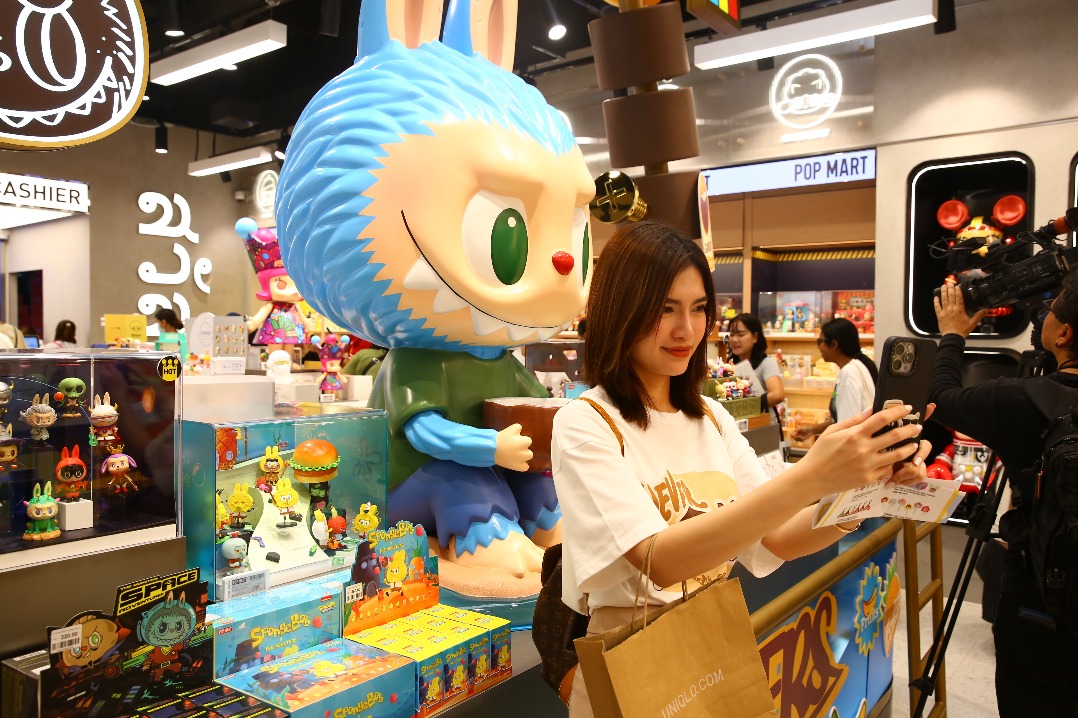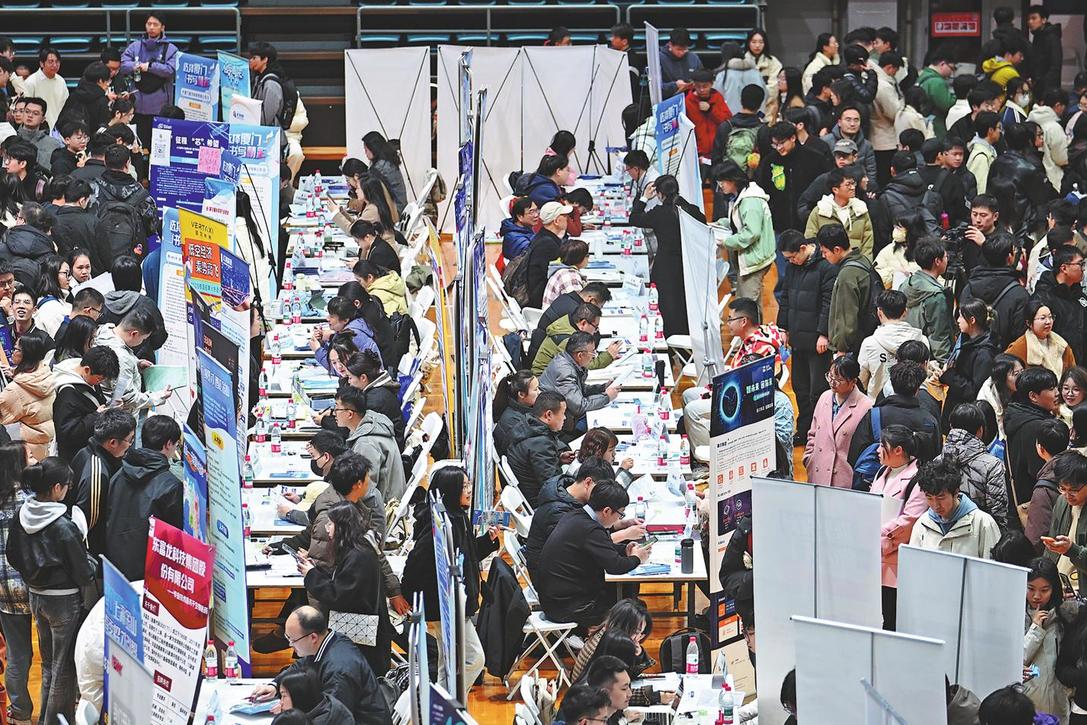Stitching together the strands of culture
Displays of ancient craftsmanship attract crowds at Beijing heritage showcase, Yang Feiyue reports.
By Yang Feiyue | China Daily | Updated: 2023-11-06 08:11

Hundreds of tiny white pearl and coral beads became delicate tea flowers on a costume of Qing Dynasty (1644-1911) style under embroidery artist Bi Hong's magic touch.
"They were 1.1 to 1.2 millimeters in diameter, and had holes drilled into them before being sewn together," Bi says, introducing her work to a crowd around her stand at the Beijing International Week of Intangible Cultural Heritage in late October.
"It's an innovation on traditional culture," says the inheritor of Beijing embroidery, a form of national intangible cultural heritage. "I also used asymmetrical design to break the mold."
At the same time, the essence of the form — auspicious patterns symbolizing loyalty, purity and longevity — was retained, she adds.
Beijing embroidery, also known as palace embroidery, was primarily used for imperial clothing. Both its technique and craftsmanship emphasize harmony, smoothness, delicacy and intricacy. "It also places a strong emphasis on the nobility of style, featuring a variety of patterns and exquisite details," she says.
Over the years, Bi has made a point of preserving traditional clothing craftsmanship, while showcasing the innovative stitching process of combining nature and art in her designs. Her work features blooming flowers and falling petals, expressing the beauty of different stages in the journey of life.























